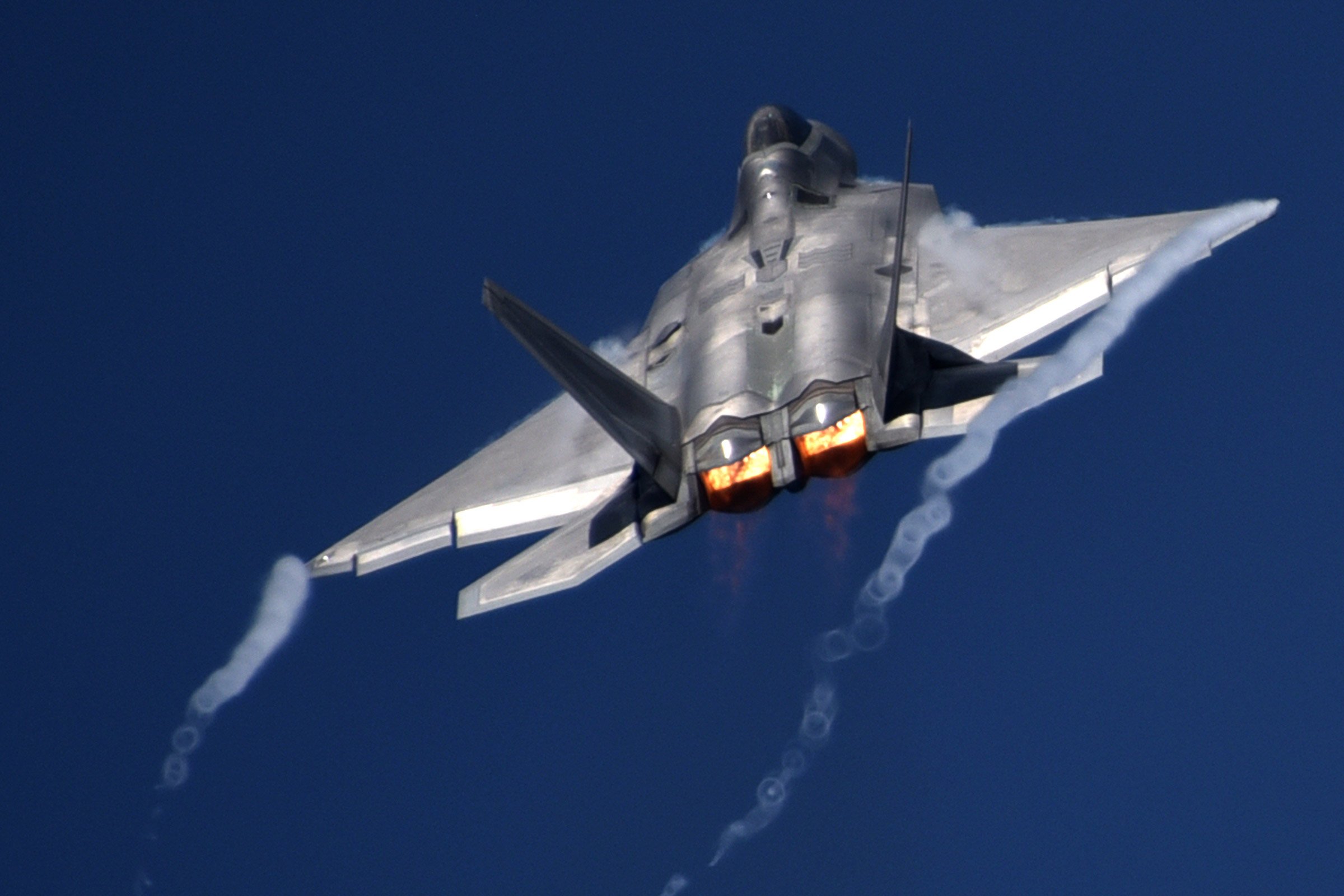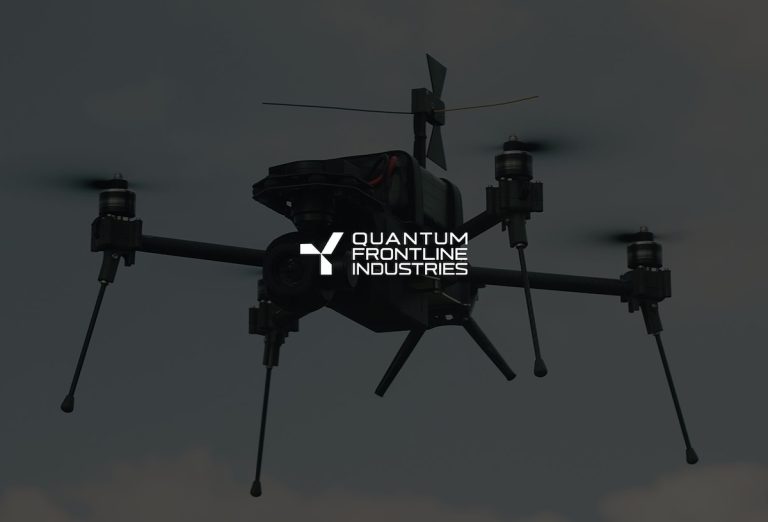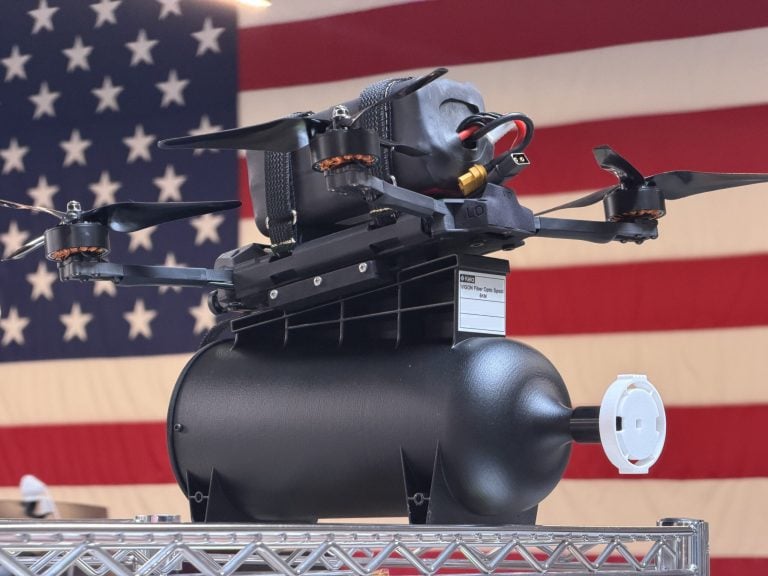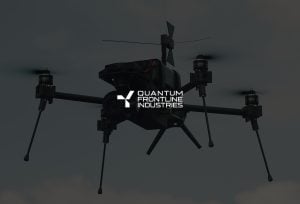Pratt & Whitney, a subsidiary of RTX, has secured a substantial contract worth $1.5 billion to sustain and enhance the performance of the U.S. Air Force’s F-22 Raptor stealth fighter jet engines. This three-year agreement is focused on improving the readiness and reducing the operating costs of over 400 F119 engines that have collectively accumulated more than 900,000 flight hours across the Air Force’s Raptor fleet.
In a statement, Jill Albertelli, President of Military Engines at Pratt & Whitney, emphasized the critical need for maintaining high readiness and reliability rates for the F119 engines, saying, “The F119’s readiness and reliability rates have never been more important, and we are improving both while lowering lifecycle costs.”
To achieve these goals, Pratt & Whitney is implementing its “Usage Based Lifing” program, which leverages real-time data to enhance maintenance efficiency. This program is designed to extend the lifespan of the engines, improve their performance, and ultimately reduce the maintenance and operational costs associated with their usage. This innovative approach includes updates to the engine control schedule, which is expected to result in significant operational benefits.
The F119 engine, developed for the F-22 Raptor, is a twin-spool, augmented turbofan engine that generates an impressive thrust of 35,000 pounds. This capability allows the 62-foot-long fighter aircraft to operate at altitudes exceeding 65,000 feet. Furthermore, the advanced design of Pratt & Whitney’s fifth-generation F119 engines allows the Raptor to reach and sustain supersonic speeds of over Mach 2 without the need for afterburners. This feature not only conserves fuel but also enhances the stealth characteristics of the aircraft, which are crucial for maintaining a tactical advantage in combat scenarios.
While afterburners can significantly increase thrust and improve maneuverability for fighter jets, they also come with notable drawbacks, including high fuel consumption and the generation of heat and noise that can compromise the aircraft’s stealth profile. The emphasis on operating without afterburners underscores the ongoing commitment to advanced engineering and operational efficiency in the U.S. Air Force’s fleet.
Overall, this contract represents a significant investment in maintaining the technological edge of the F-22 Raptor, ensuring that it remains a formidable asset in air superiority missions while controlling costs and enhancing performance.


















